
These healthy Russian dishes will enrich the variety of your home cooking menu.
Legion Media; Albina Bougartchev/Getty Images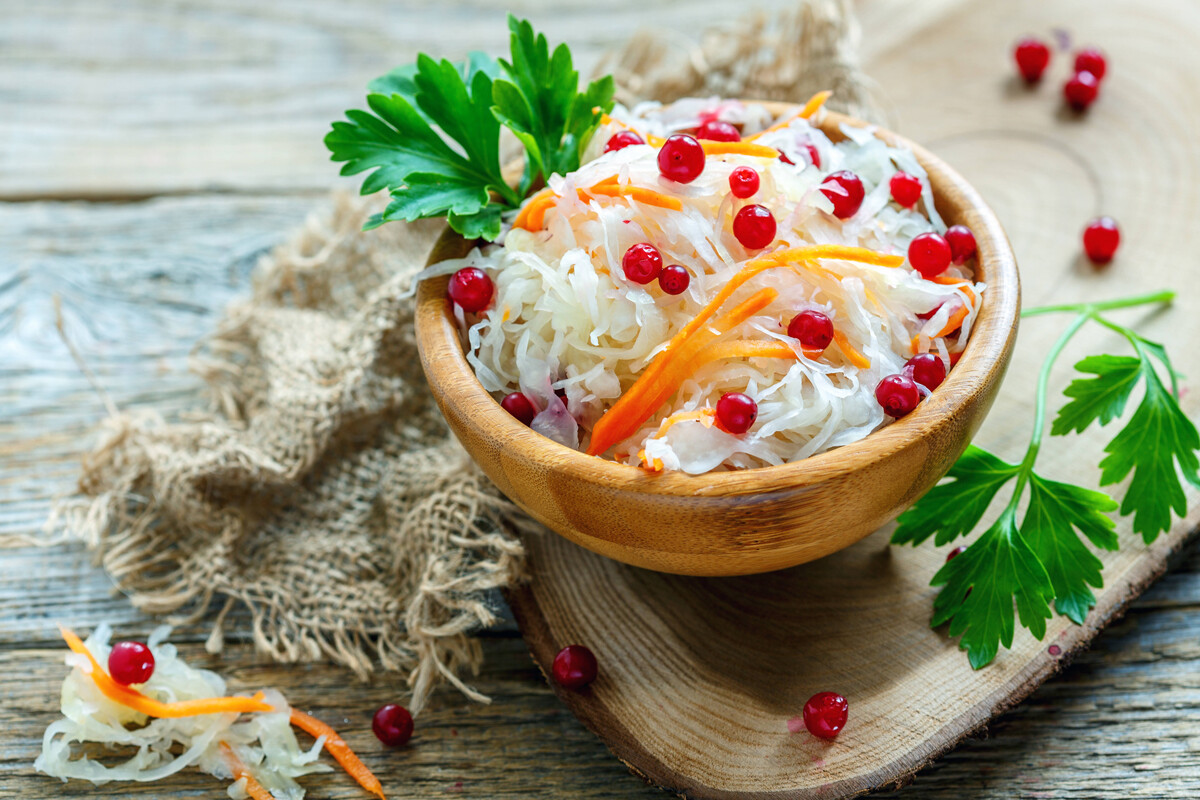
This traditional Russian appetizer is rich with probiotics – healthy bacteria that thrive during the fermentation process of cabbage. They can restore one’s intestinal microbial balance and inhibit the growth of potentially dangerous pathogens.
Cabbage is fermented with different ingredients and the most popular are carrots, beets, apples, cranberries, and cowberries. However, you can also add spice, horseradish, hot pepper, garlic, and onions.
Sauerkraut is enjoyed as an appetizer – just like pickles – including as a snack with vodka (not the healthiest of options) and as a side dish with rissoles. It’s also used in soups, salads, and pies.
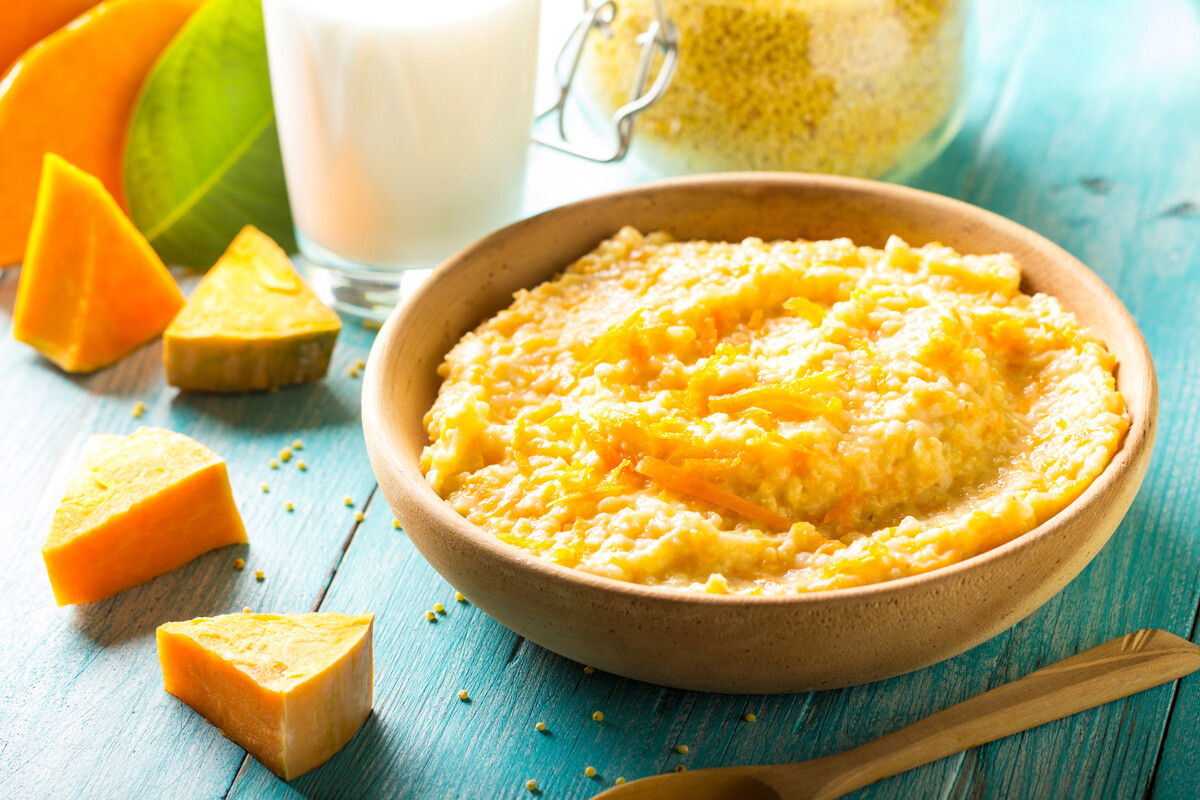
Millet doesn’t contain gluten and is suitable for people with celiac disease. Also, millet has a low glycemic index, so it’s often included in the diet of people who suffer from diabetes. Millet also contains B vitamins, phosphorus, potassium, magnesium, zinc, and iodine.
Millet porridge with pumpkin is a low-calorie dish, with only 300 kcal per 100 grams. Pumpkin adds a sweet taste to the porridge, allowing you to forgo the use of any sweeteners. Its flesh has a lot of vitamin C and antioxidants, as well as β-Carotene, beneficial for eyesight.
Serving millet porridge in a pumpkin is especially impressive. Apart from millet itself, you can add nuts, raisins, and other dried fruit in the porridge, (if you don’t have any food allergies).
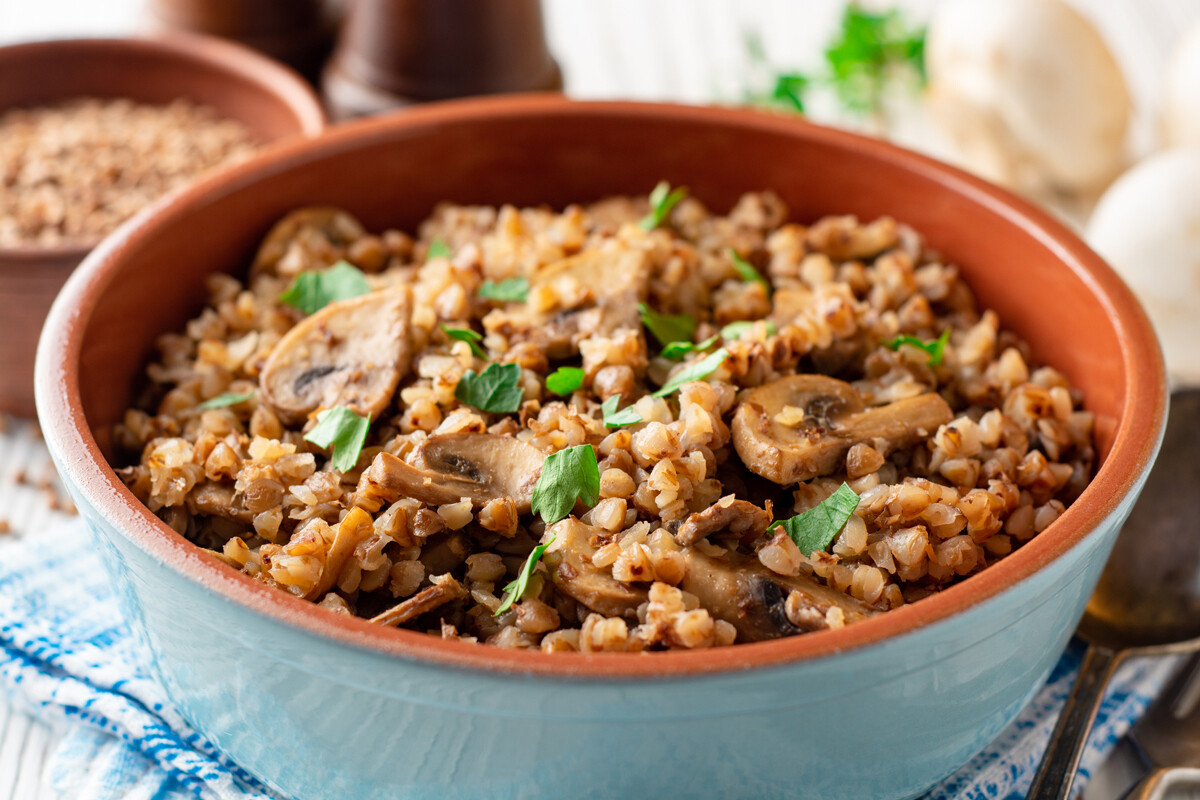
Buckwheat porridge is very nutritious and has antitoxic qualities. It facilitates the removal of excessive cholesterol and heavy metal ions from the body. It enriches the body with iron. And it’s also very tasty with mushrooms and onions.
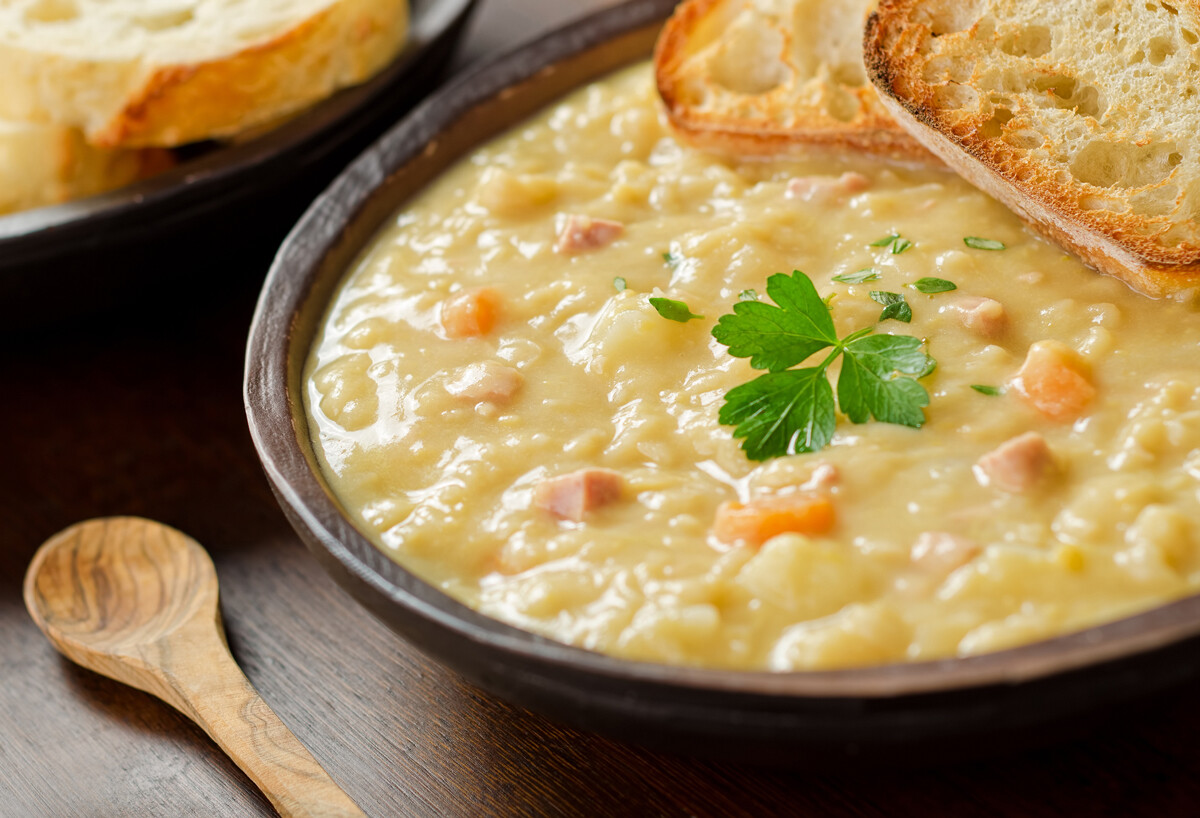
Russian cuisine is rich with soups: shchi, borsch, ukha, rassolnik, and botvinya. Each is healthy in their own way, but pea soup gives you the necessary daily protein amount to keep muscle tissue in good shape; and as an extra advantage it’s plant protein. There are about 20 grams of protein in 100 grams of peas. Pea soup can be made both with meat or with vegetables; for example, with potatoes, carrots, and cabbage (here’s a recipe).
Pea soup is a source of minerals (potassium, magnesium, phosphorus, iodine, and iron), and vitamins B, A, C, E, and PP. The fiber in peas is good at cleaning out one’s intestines, and it helps to maintain proper functioning of the gastrointestinal tract.

This casserole ("zapekanka") retains almost the full amount of calcium that the initial cottage cheese contains before cooking. Also, it doesn’t cause any digestive issues like fresh cottage cheese does. This type of casserole is helpful for small children during their period of active teeth and bone growth, as well as for the elderly and for breastfeeding mothers. But it should be excluded from the diet of anyone who is lactose intolerant and gluten intolerant. Before baking, add into the cottage cheese some pieces of apples, raisins, dried apricots, cherries, or other berries. You can also decorate the top with fresh berries, honey or sour cream, or sprinkle it with nuts.
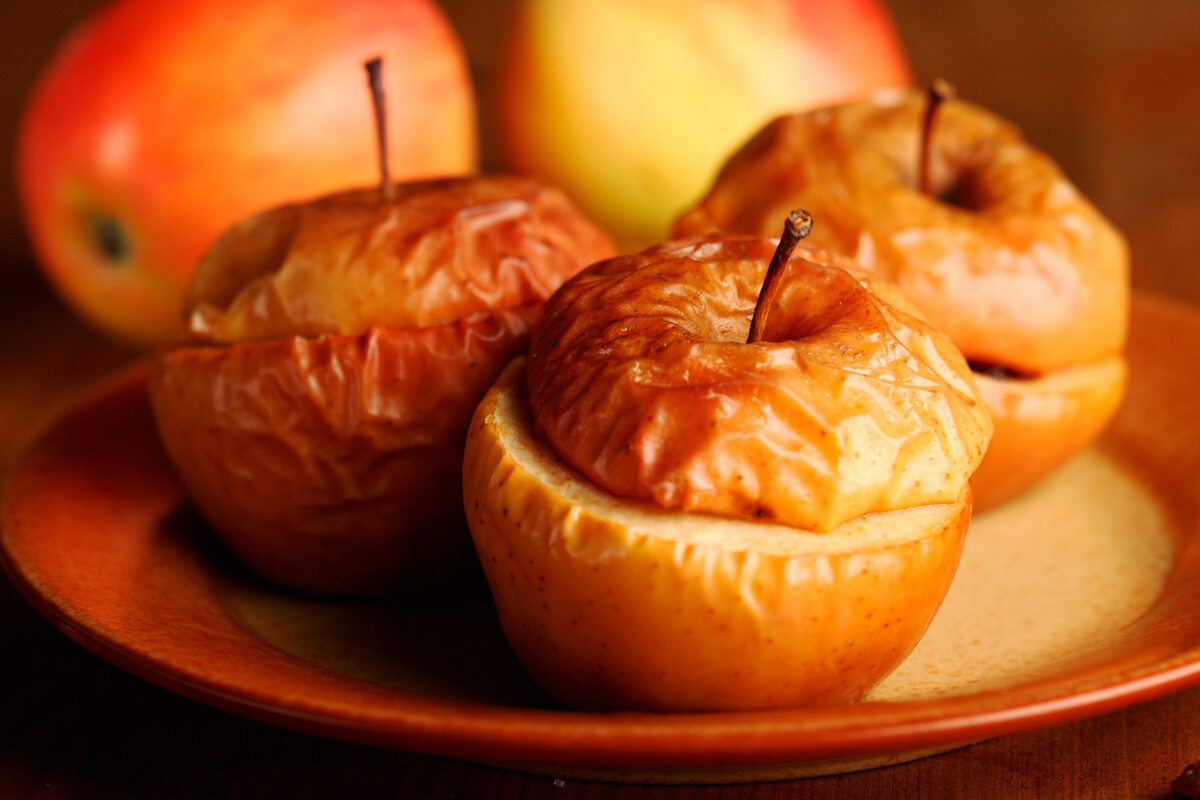
Unlike fresh apples, baked apples are more easily digested; therefore, they’re recommended for people who have gastrointestinal tract problems, as well as for anyone who can’t so easily digest plant-based foods that contain a lot of fiber. The pectin in baked apples improves the functioning of the gastrointestinal tract and removes dangerous toxins. This benefits the entire body and improves skin quality. In addition to that, pectin is good for the cardiovascular system. Apples are baked with honey, dried fruit, cottage cheese, or simply by themselves. Still, despite all their healthy qualities, you shouldn’t eat more than two baked apples a day.

Vinaigrette is a salad made with boiled vegetables that can be made in every season. Most often, this salad consists of beets, pickles, potatoes, carrots, peas, onions, vegetable oil, and salt and pepper. Sometimes, other ingredients are added: sauerkraut, beans, herring, or mushrooms. Vinaigrette salad is rich in ascorbic and nicotinic acids, B vitamins, β-Carotene, fiber, and minerals (iron, phosphorus, magnesium, iodine, calcium, potassium).
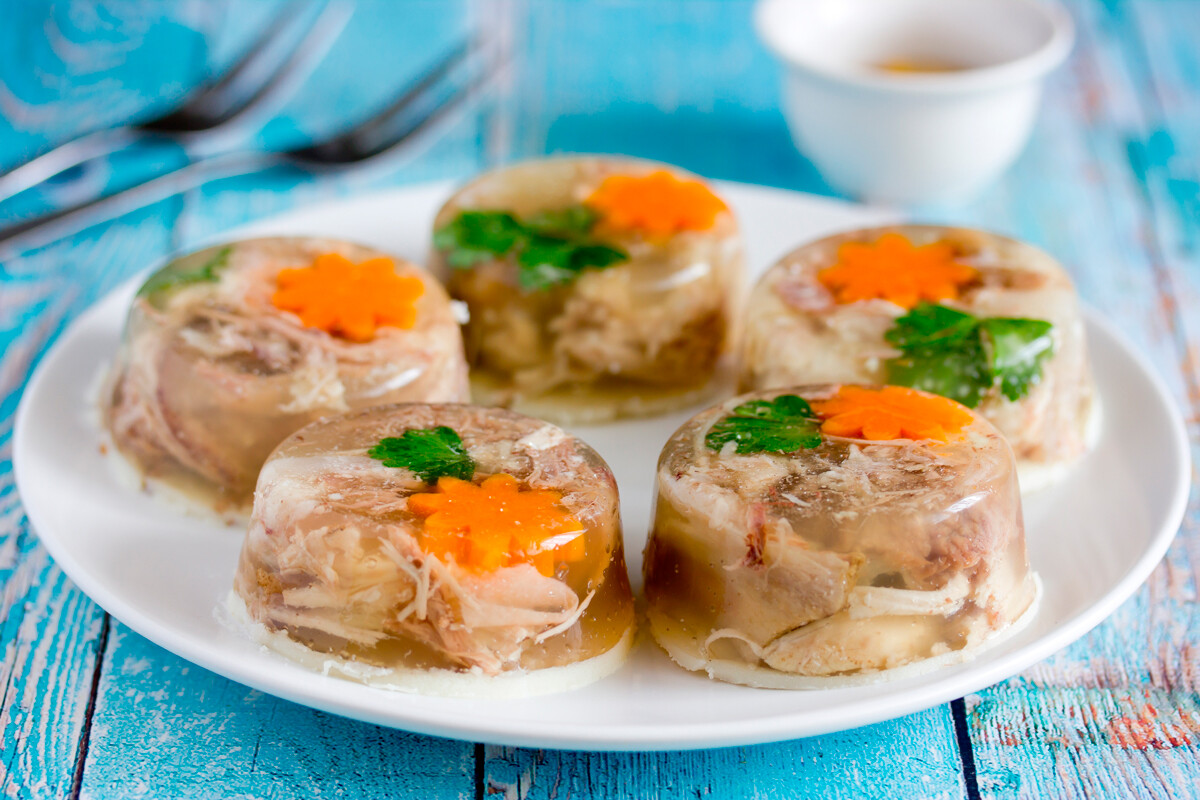
Centuries ago, aspic was made in late autumn and in winter, usually from the end of November, when the preparation of meat began. Aspic contains B vitamins (especially B12 and B3), iron, magnesium, potassium, sodium, cobalt, lysine, glycine, phosphorus, and collagen that is beneficial for the skin.
Pork or beef aspic contains more iron and is quicker in raising your hemoglobin levels than chicken or turkey aspic. You should also remember its calorie content: pork aspic has approximately 350 kcal in 100 grams, beef aspic has up to 220 kcal, chicken aspic – 120 kcal, turkey aspic – 80 kcal, and fish aspic – 50 kcal.
Health experts recommend no more than a couple of portions of aspic per week, and they highly advise not to consume it if you have any gastrointestinal tract and kidney problems.
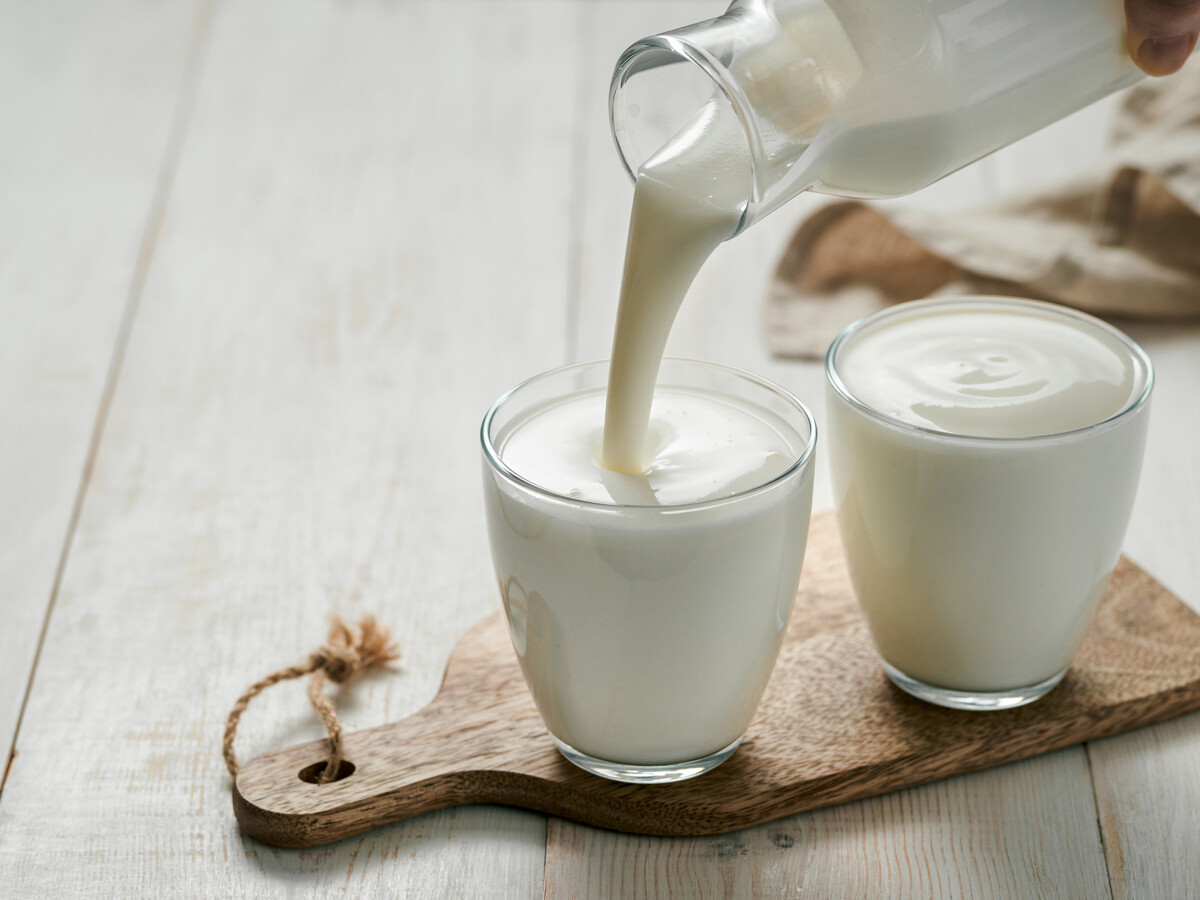
Kefir is a fermented dairy product that comes as the result of milk fermentation with the use of a special catalyst. It contains A, B, C, D, PP vitamins, potassium, calcium, copper, and more. Kefir normalizes the body’s intestinal microflora, helps to purify the blood, and stabilizes the body’s acidity level.
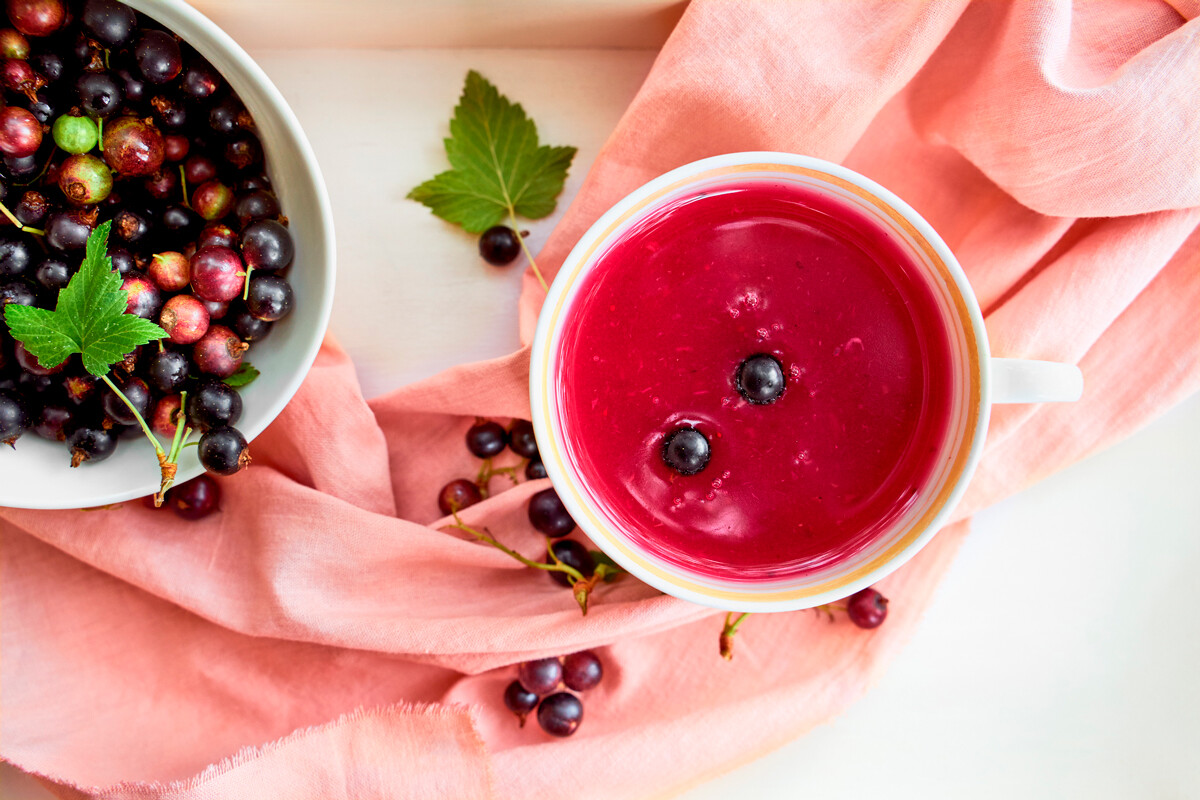
This berry beverage is based on starch and is a nutritious, calorie-rich dish. Thanks to the starch content, it has an enveloping effect on gastric mucosa, and thus provides a protective effect against stomach acid, which is very important for people who suffer from increased stomach acidity or gastritis.
However, it’s not advised to drink too much kisel, especially if you suffer from diabetes, because an excessive starch intake can cause insulin spikes in your blood.
Dear readers,
Our website and social media accounts are under threat of being restricted or banned, due to the current circumstances. So, to keep up with our latest content, simply do the following:
Subscribe to our Telegram channels: Russia Beyond and The Russian Kitchen
Subscribe to our weekly email newsletter
Enable push notifications on our website
Install a VPN service on your computer and/or phone to have access to our website, even if it is blocked in your country
If using any of Russia Beyond's content, partly or in full, always provide an active hyperlink to the original material.
Subscribe
to our newsletter!
Get the week's best stories straight to your inbox